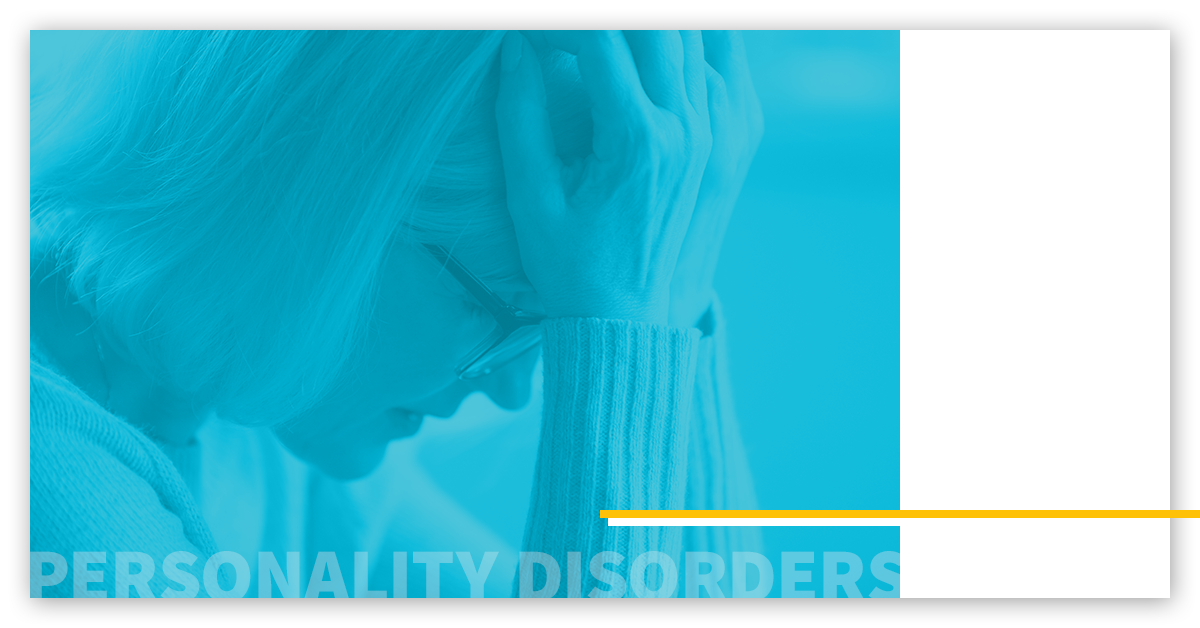Personality Disorders

LISTEN TO THIS ARTICLE:
Personality Disorders are long-term patterns of emotions, thoughts, and behaviors that are dysfunctional and difficult to change. Disorders in this category start in early adolescence and do not change much over time without significant effort and treatment.
What are Personality Disorders?
A personality is a set of tendencies and behaviors that distinguish each of us as individuals. They are products of our genetics, role models, and environment. Personality Disorders are often difficult to distinguish from other mental disorders because they share similar traits, but a few aspects are unique to them.
Personality Disorders negatively affect peoples’ abilities to function in a wide range of personal, social, and work areas. They are rigidly consistent throughout different situations in peoples’ lives despite the problems that they cause. These disorders affect people’s emotional patterns and how they react to those of others. These people understand themselves and others in fundamentally unusual ways compared to most people, and, as a result, they have trouble maintaining healthy relationships.
Personality Disorders fall into three groups or “clusters” based on general tendencies. Cluster A includes Paranoid Personality Disorder, Schizoid Personality Disorder, and Schizotypal Personality Disorder. These people keep to themselves, have trouble relating to others, and are viewed by others as odd or peculiar.
The Cluster B disorders are Antisocial Personality Disorder, Borderline Personality Disorder, Histrionic Personality Disorder, and Narcissistic Personality Disorder. People with these disorders are emotionally unstable and self-focused, yet they struggle to empathize with others.
Avoidant Personality Disorder, Dependent Personality Disorder, and Obsessive-Compulsive Personality Disorder make up the last group, Cluster C. These people tend to be generally anxious, nervous about potential rejection, and seeking emotional security and reassurance.
Who gets Personality Disorders?
Genetics
While there are no genes that specifically cause any of the personality disorders, personality traits like aggression, anxiety, and emotional instability all have a genetic basis. These tendencies are key aspects of personality disorders.
Trauma and abuse
Abuse in childhood is closely tied with many personality disorders. This includes not only physical and sexual abuse but also verbal abuse as well. All of these create situations where children are suffering but lack a caretaker who can empathize with them and help them process their pain. Having at least one close relationship with an emotionally available adult can be a saving grace for many children in these situations and can decrease the risk of developing a personality disorder.
Extremes of a spectrum
One of the main ways to understand personality is as a collection of five different ranges of traits. These five spectrums are openness to experience (curiosity vs. caution), conscientiousness (disciplined vs. impulsive), extraversion vs. introversion, agreeableness (sympathetic vs. emotionally detached), and neuroticism (self-conscious vs. confident). Personality disorders exist for the people who sit at the extreme ends of these spectrums, where the traits are so powerful that they cause problems in peoples’ lives.


 Learn
Learn Get News
Get News Find Help
Find Help